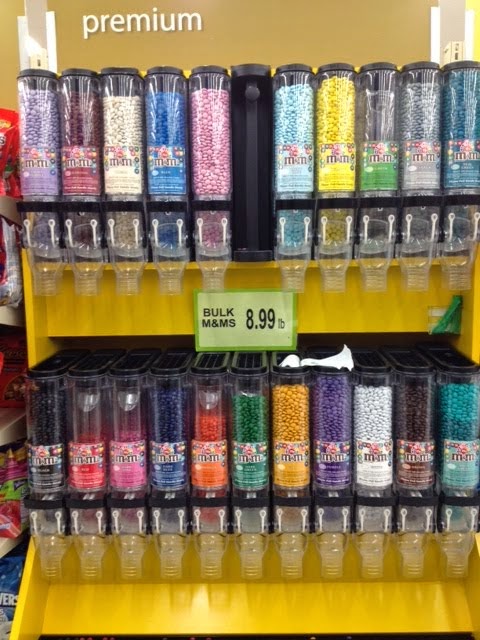I have written about Hello Kitty and now I see those products everywhere including in the shampoo aisle, fruit snacks and toothpaste. I presented a speech using Oreos as a metaphor, and with regularity I still see products that use Oreos and new specialty flavors of the cookie. I searched to give my lime-loving brother-in-law a birthday package of lime flavored products and now they show up almost daily.
I had this experience during one of my FitBit quests*. It's hard to walk the aisles of a grocery store without shopping, so instead of hunting for items on my list, I decided that I would try to find blog ideas. It is amazing what you can see when you start to focus and look at things with an intentional perspective.
There is so much information and stimulation out there that we need to narrow our filters so we actually can process some of it. By focusing in on potential blog ideas, the store came alive with possibilities: specialty cheese, Kuerig, colored M&Ms, bacon in a box, allocation of space, cake mixes. If I had not focused on finding topics, I would have missed them all.
Allow yourself some time for your mental radar to scan the environment and find the answers for you. Usually they are out there if you first frame the question and then just pay attention.
-- beth triplett
leadershipdots.blogspot.com
leadershipdots.blogspot.com
@leadershipdots
leadershipdots@gmail.com
leadershipdots@gmail.com
*See Blog #697







